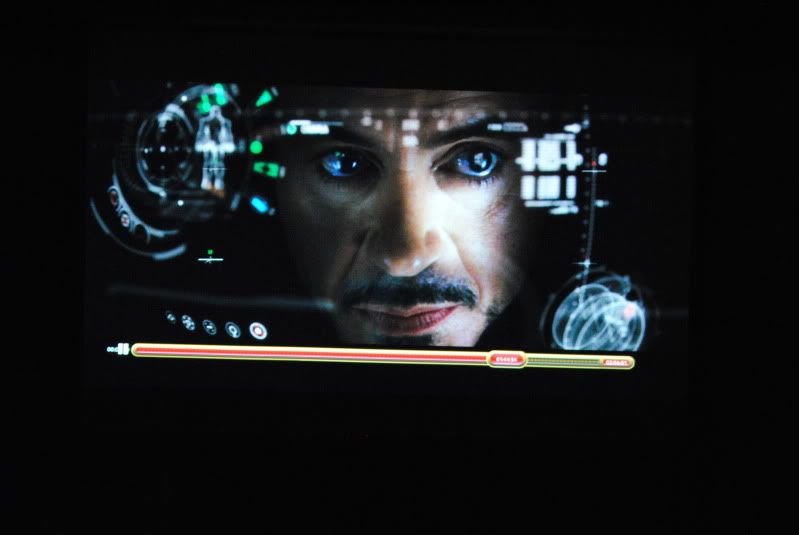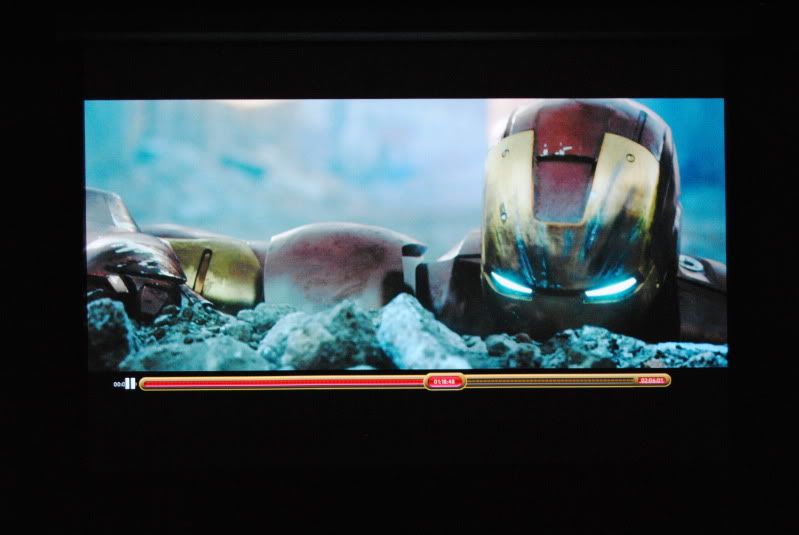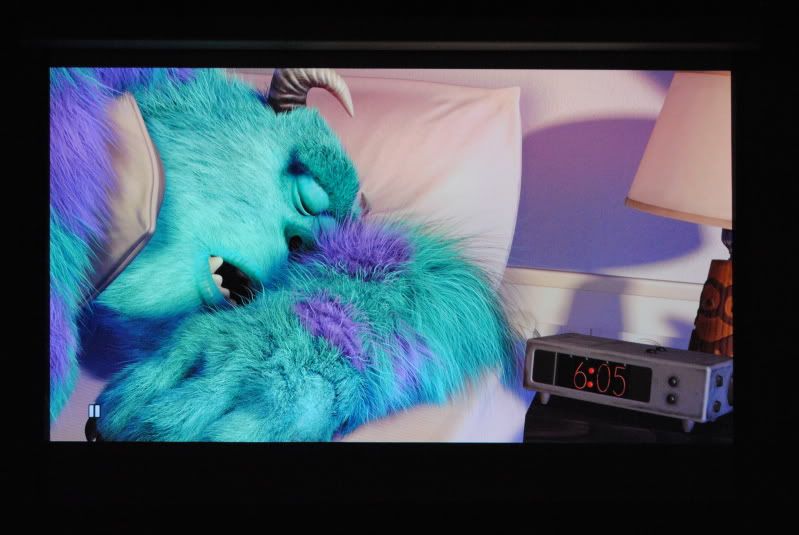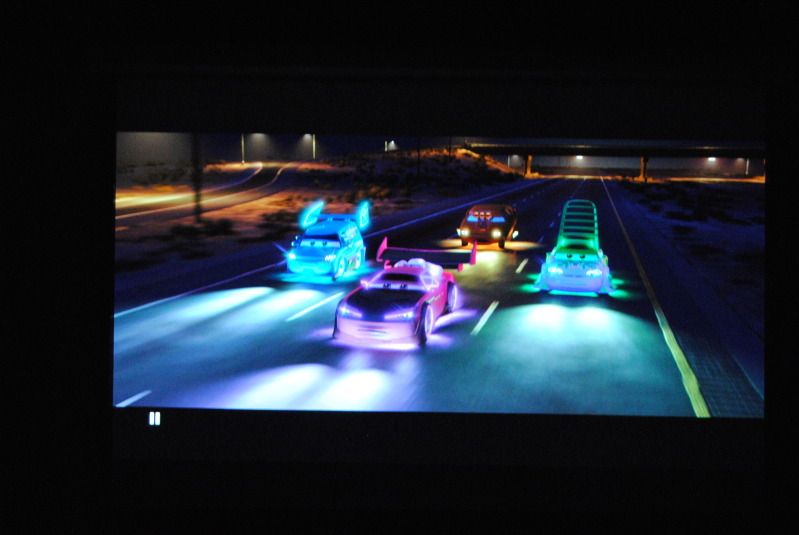That and Dynamic brightness modes being used (chips to the backlight: "it's a light scene out there, crank it all up!"). Some LCD's can hit 400 cd/m^2 but that figure can't result in a calibrated result, hence it's only there so it gets brighter and then you can claim to have a better contrast ratio despite the fact that MLL is laughable.Allow me to pick it up here. I have unfinished business here (been absent, seldom without access to a PC for the last few days) and I was being called out for something related, ANSI is very important.
I've said that F8500 akin to a VT30, from memory might I stress, and turns out that's not really accurate, but it's not really inaccurate either. Turns out it doesn't win by a hair in ANSI, it looses by a hair.
Anyway, since I have time now I'll collect MLL figures, full black and ANSI, know though that I value ANSI the most.
I'll say this though, F8500 is not on equal ground with the ST60 on that, and it's still fine. I'll explain the criteria beforehand too, I'll be only using a site for my figures, because that reduces the possibility of discrepancies. That site being hdtvreviews, because I think they're often serious and they give out things like color curve before calibration information et all, which is also relevant to the points I was making regarding color accuracy that I was talking about. I don't wish to chase that rabbit down it's hole so I won't be linking them and I'll simply leave the criteria out there
Compiled short list:
(I believe the VT20 number features the floating black phenomena) It's
not ST60 territory, taking full black aside which is not really representative (but not to be totally discarded as well), ANSI is really more important and the panel shows it's true colors there, full black is definitely dimming voltage or something on the F8500 it's not the true black value.
There's a lot of things to consider though, which is why both matter to a point, measurements on lower inch models have a bigger light rise register on ANSI (see the figures I have for VT60, on the 65" reviewed model it's 0.033 cd/m^2 for full black and 0.039 cd/m^2 on ANSI, these nuances are appreciable all across the board, year on year), which happens due to the fact that light gets across more, through the glass the smaller dot pitch/measure area is, not necessarily because the black itself is lighter. This even happens on OLED's. This actually benefits the Samsung values (seeing it's a 64" model) over most if not all TV's I've pinned against it on ANSI though, still doesn't come out impressive.
I do stand by my super bright ST50 "lite" comment though.VT30 was a weird year with all that patching and other roadblocks, I sure had forgotten that momentarily.
But I stand by my comments somewhat. See, the company being pro-market focused is a very big plus in my book because that pro-line always gets translated down one way or the other, down. Samsung plasmas are not bad, unlike LG's, but they lack that on their belt. VT30 is really the bad example due to green blobs galore, but otherwise MgO Sputtering and the like are things I'm used to see in Sammy's not Panasonic's, albeit I'm sure that's for a variety of reasons and they might be all but solved now, but it's a question mark still. On the other hand panny panels were engineered to last more than the televisions themselves (I'm particularly weary of the entry model PSU's although that's fixable with eventual maintenance).
As a side-point to my argument I think Trinitrons were so damn good because of Sony PVM/BVM line and the Sony newer lines sure are benefitting from impulse/strobing options, which originated on their current pro-line models. I love having a piece of that in my place, if not the real thing, a thing that retains something of that R&D.Wasn't aware of that and I value PQ, does it attack HD content or just SD content? Because I don't care much for the latter (gaming aside, who needs processing anyway)
Funny that I've recently heard people calling the Sammy's "sharper" if so, though.I'd wager the ST60 and ST50 are close, but I also thank you for the feedback.
Out of the box I've heard and seen that Samsung calibration is not nearly as good as that of my VT6, if you bring a professional calibrator to the table the thing is perfectly able to comply and turn into a better TV for it, but if you can't (I'm not paying for it anytime soon I'm afraid) then panny's have an advantage, at least 2012 and 2013 models.
That fits perfectly into my "pro-line" argument and what I was about to finish of saying, I'm not very sure how Samsung Plasmas age, I've heard and seen rising blacks on them (not recent ones, 2010/2011, I believe - roughly same era Panasonic had them), but for panny's we have a solution and we know it's solved, we don't have any for Sammy's, probably only because there's not a community as active there, but above all that we also know that panny plasmas were tossed into the 100.000 hour claim for the panel because that's what they promise to their professional customers (that figure gets used nowhere these days, much less attached to OLED screens whose blue diode could be lasting as little as 15.000 hours to half life), Samsung and LG followed, but I really don't know what to expect from a F8500 with 5 years (regarding MLL performance also, and the "ultra bright" decision might also toll into the panel phosphor lifespan), I do know what to expect from a Kuro or a VT60 though (I expect them to be fine, although they might not, like everything mass produced). Not from a Samsung, and that matters to me.
VT30's of course are the bad sheep in here, because I really never know what to expect of them, although I expect color accuracy to be not so bad, it's more about the aforementioned green blob issue. They're the only Panasonic plasmas where that's a chronic occorence (I've seen dark blob patches on that black risen samsung I was talking about previously though, wasn't pretty).





